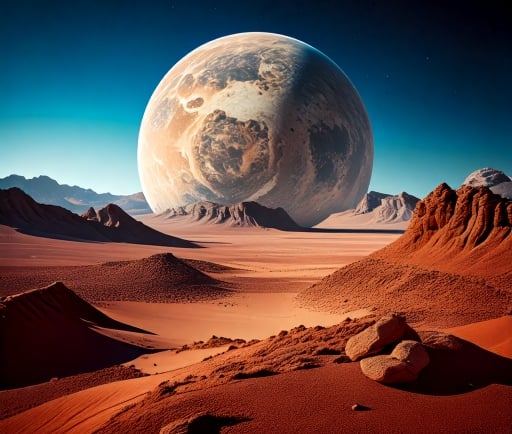The Landscapes of Pluto: A Flyover Adventure


Introduction to Pluto's Diverse Terrain
The recent flyover mission over Pluto has unveiled some intriguing details about its landscape. As the spacecraft glided across this enigmatic celestial body, it navigated to the highlands situated to the southwest of the vast nitrogen ice plain known as Sputnik Planitia. This remarkable area poses significant geological interest, showcasing the complex interplay between ice, rock, and the ever-changing surface dynamics of Pluto.
The Majestic Highlands and Their Geological Features
As the flyover progressed, the stunning highlands revealed themselves to be a tapestry of geological wonders. The terrain transitions smoothly from the smooth plains of Sputnik Planitia to the rugged, cratered landscapes of Cthulhu Macula. Here, blocky mountains rise steeply, providing evidence of Pluto's tectonic activity and geological history. Observations suggest that these highlands, particularly the Voyager Terra, are composed of ancient, icy crust that has been shaped over millions of years.
Exploring Pioneer Terra and Tartarus Dorsa
Continuing southward from the highlands, the flyover revealed the deep and wide pits of Pioneer Terra. This area’s uniquely varied topography challenges existing theories about the formation and evolution of celestial bodies in distant regions of our solar system. The pits are thought to be the result of cryovolcanic processes, where instead of molten rock, icy materials are expelled from beneath the surface, creating fascinating depressions. As the flyover concluded its journey over Pluto, it transitioned into the captivating terrain of Tartarus Dorsa. This final destination leaves a lasting impression with its vast formations, adding further intrigue to the understanding of Pluto's surface processes.
The insights gained from this flyover have expanded our scientific knowledge significantly, demonstrating Pluto's status as a geologically active world. Each new observation contributes to a wider understanding of how planetary bodies evolve and interact within our solar system. The anticipation of further explorations makes the future even more exciting, revealing that our quest to understand distant worlds like Pluto is just beginning.
